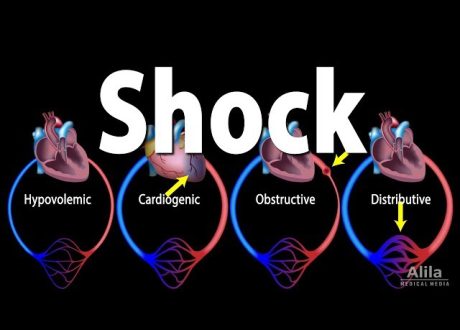Findings In this retrospective cohort study of 1158 patients (including 650 patients who underwent bariatric surgery and 508 patients in the nonsurgical control group) with biopsy-proven fibrotic nonalcoholic steatohepatitis without cirrhosis, bariatric surgery was significantly associated with a lower risk of major adverse liver outcomes (adjusted absolute 10-year risk difference of 12.4%) and major adverse cardiovascular events (adjusted absolute 10-year risk difference of 13.9%).
Meaning Among patients with nonalcoholic steatohepatitis and obesity, bariatric surgery, compared with nonsurgical management, was associated with a significantly lower risk of incident major adverse liver outcomes and major adverse cardiovascular events.
Importance No therapy has been shown to reduce the risk of serious adverse outcomes in patients with nonalcoholic steatohepatitis (NASH).
Objective To investigate the long-term relationship between bariatric surgery and incident major adverse liver outcomes and major adverse cardiovascular events (MACE) in patients with obesity and biopsy-proven fibrotic NASH without cirrhosis.
Design, Setting, and Participants In the SPLENDOR (Surgical Procedures and Long-term Effectiveness in NASH Disease and Obesity Risk) study, of 25 828 liver biopsies performed at a US health system between 2004 and 2016, 1158 adult patients with obesity were identified who fulfilled enrollment criteria, including confirmed histological diagnosis of NASH and presence of liver fibrosis (histological stages 1-3). Baseline clinical characteristics, histological disease activity, and fibrosis stage of patients who underwent simultaneous liver biopsy at the time of bariatric surgery were balanced with a nonsurgical control group using overlap weighting methods. Follow-up ended in March 2021.
Exposures Bariatric surgery (Roux-en-Y gastric bypass, sleeve gastrectomy) vs nonsurgical care.
Main Outcomes and Measures The primary outcomes were the incidence of major adverse liver outcomes (progression to clinical or histological cirrhosis, development of hepatocellular carcinoma, liver transplantation, or liver-related mortality) and MACE (a composite of coronary artery events, cerebrovascular events, heart failure, or cardiovascular death), estimated using the Firth penalized method in a multivariable-adjusted Cox regression analysis framework.
Results A total of 1158 patients (740 [63.9%] women; median age, 49.8 years [IQR, 40.9-57.9 years], median body mass index, 44.1 [IQR, 39.4-51.4]), including 650 patients who underwent bariatric surgery and 508 patients in the nonsurgical control group, with a median follow-up of 7 years (IQR, 4-10 years) were analyzed. Distribution of baseline covariates, including histological severity of liver injury, was well-balanced after overlap weighting. At the end of the study period in the unweighted data set, 5 patients in the bariatric surgery group and 40 patients in the nonsurgical control group experienced major adverse liver outcomes, and 39 patients in the bariatric surgery group and 60 patients in the nonsurgical group experienced MACE. Among the patients analyzed with overlap weighting methods, the cumulative incidence of major adverse liver outcomes at 10 years was 2.3% (95% CI, 0%-4.6%) in the bariatric surgery group and 9.6% (95% CI, 6.1%-12.9%) in the nonsurgical group (adjusted absolute risk difference, 12.4% [95% CI, 5.7%-19.7%]; adjusted hazard ratio, 0.12 [95% CI, 0.02-0.63]; P = .01). The cumulative incidence of MACE at 10 years was 8.5% (95% CI, 5.5%-11.4%) in the bariatric surgery group and 15.7% (95% CI, 11.3%-19.8%) in the nonsurgical group (adjusted absolute risk difference, 13.9% [95% CI, 5.9%-21.9%]; adjusted hazard ratio, 0.30 [95% CI, 0.12-0.72]; P = .007). Within the first year after bariatric surgery, 4 patients (0.6%) died from surgical complications, including gastrointestinal leak (n = 2) and respiratory failure (n = 2).
Conclusions and Relevance Among patients with NASH and obesity, bariatric surgery, compared with nonsurgical management, was associated with a significantly lower risk of incident major adverse liver outcomes and MACE.










